“Tourism” as the experience of daily life
The preservation of culture is a cumulative effort that results from ordinary people taking deliberate action. Tainan offers the following perfect example:
Each year on the seventh day of the seventh month by the lunar calendar, the Southern Capital has activities to mark a unique rite of passage for people turning 16, considered the age of adulthood in days gone by. Held in two locations, the Kailong Temple in Taipingjing and the Kaitai Empress of Heaven Temple in Anping, it has been an ongoing tradition here for many years.
The Ping’an Community (in Ping’an Ward) where the Kaitai Empress of Heaven Temple is located goes into “full mobilization” each year for this coming-of-age ritual. At four in the morning on the day, the ward chief brings volunteer women from the neighborhood into the temple precincts to begin preparation of lumian (spiced and stewed noodles). The local residents also personally handle the making of the “Seven Star Goddess Pavilion”—a pagoda-like structure made of wood or paper and placed on a table. During the ceremony, young people crawl beneath the table, and when they emerge from the other side this symbolizes leaving the protection of the Seven Star Goddess and their transformation into adults. The ceremony is always solemn and dignified, showing that it is taken quite seriously. When the ritual is over, everyone is welcome to enjoy a bowl of lumian.
Now that we’re on the subject of food, Tainan is famous throughout Taiwan for its cuisine. The Shijingjiu area next to the historic Chihkan Tower (originally Fort Provintia, built by would-be Dutch colonizers in 1652) and Xinmei Street are frequent subjects of writers depicting daily life in the Southern Capital. Here you can find all the foods that define Tainan not because they are examples of some kind of local haute cuisine but precisely because they are fare for ordinary citizens: sticky rice cakes, fish stew, ta-a noodles (danzimian), stir-fried eel, “scalded beef,” deep-fried honey pastries….
To return to the theme of structural renovation, especially noteworthy is that in 2005 a project was launched to turn Hai’an Road into a center for the arts and culture, putting it in the vanguard of systematic renovation of old spaces in the city. Today, along and near Hai’an Road itself, and along the streets that intersect with it (including Minzu, Minquan, and Minsheng Roads, and You’ai and Shennong Streets), many old houses have been renovated into artists’ studios and the like. There are also some unique and very cool homestays—but you’ll be hard-pressed to find an empty room on a weekend or holiday!
Another—and newer—must-see area stretches from Shuixian Temple (the Yongle Market) on Guohua Street all the way to Zhengxing Street (West Market). It is characterized by businesses like coffee shops, ice cream parlors, and artsy boutique hotels located in renovated old buildings. These have mostly been started by young people born in the 1980s and 1990s, showing that this historic city with such a lengthy past still has infusions of young blood running through its arteries!
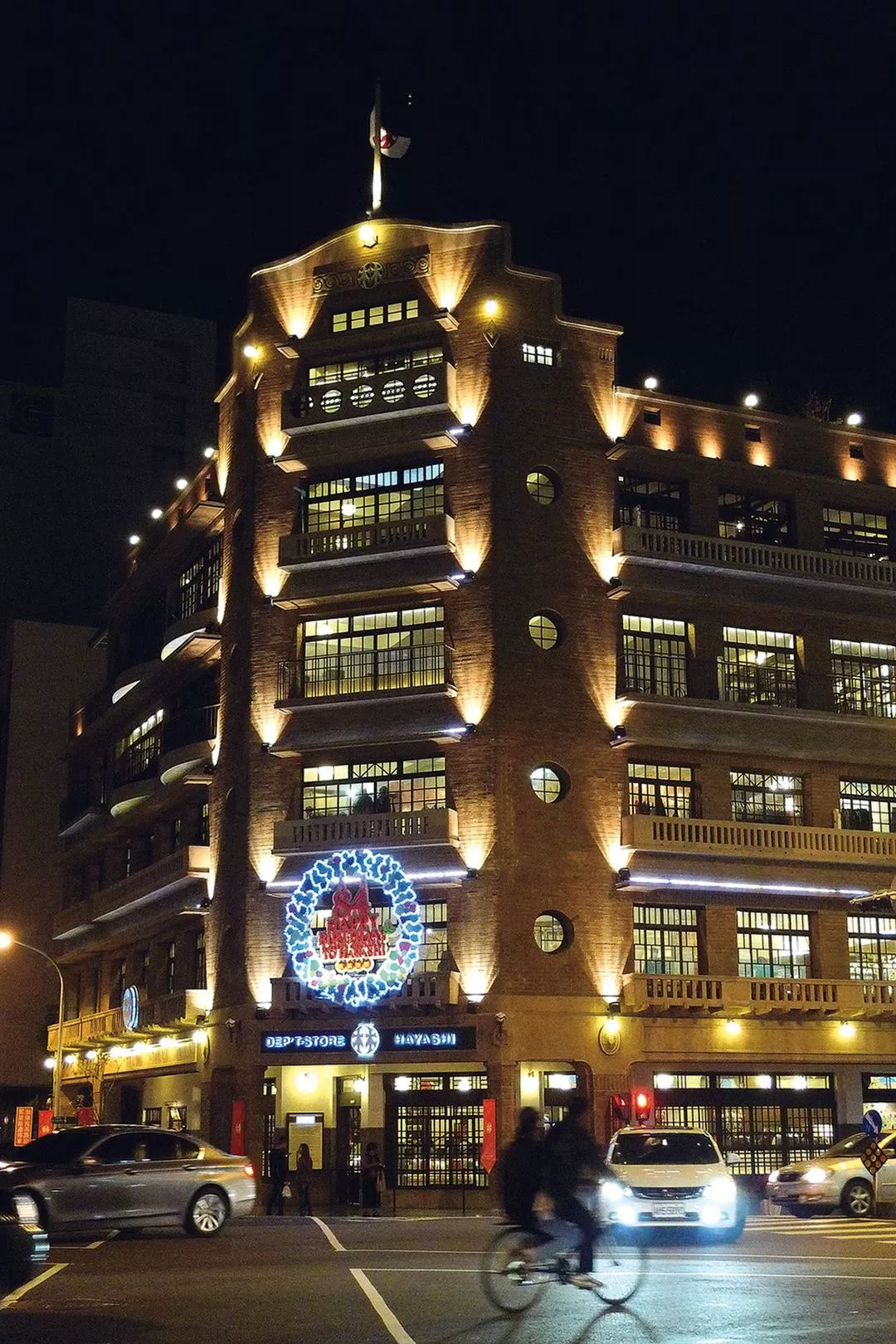
The Hayashi Department Store in Tainan, a municipally designated historical site, is the oldest Western-style department store in Taiwan. After several renovations, it has been restored to its original appearance.
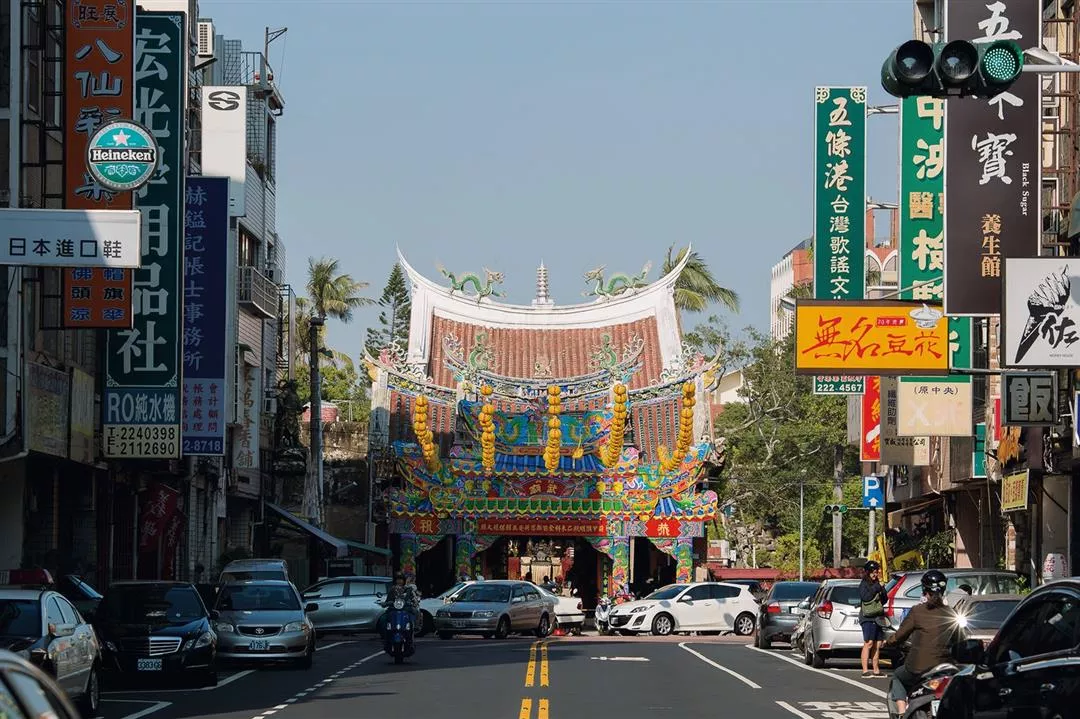
The Ji Dian Wu Temple (literally the “Offering Rites Martial Temple” in English and known informally as the Guan Gong Temple by Taiwanese) is a Grade 1 Historic Site, and has even featured in a Michelin food guide. (photo by Chin Hung-hao)
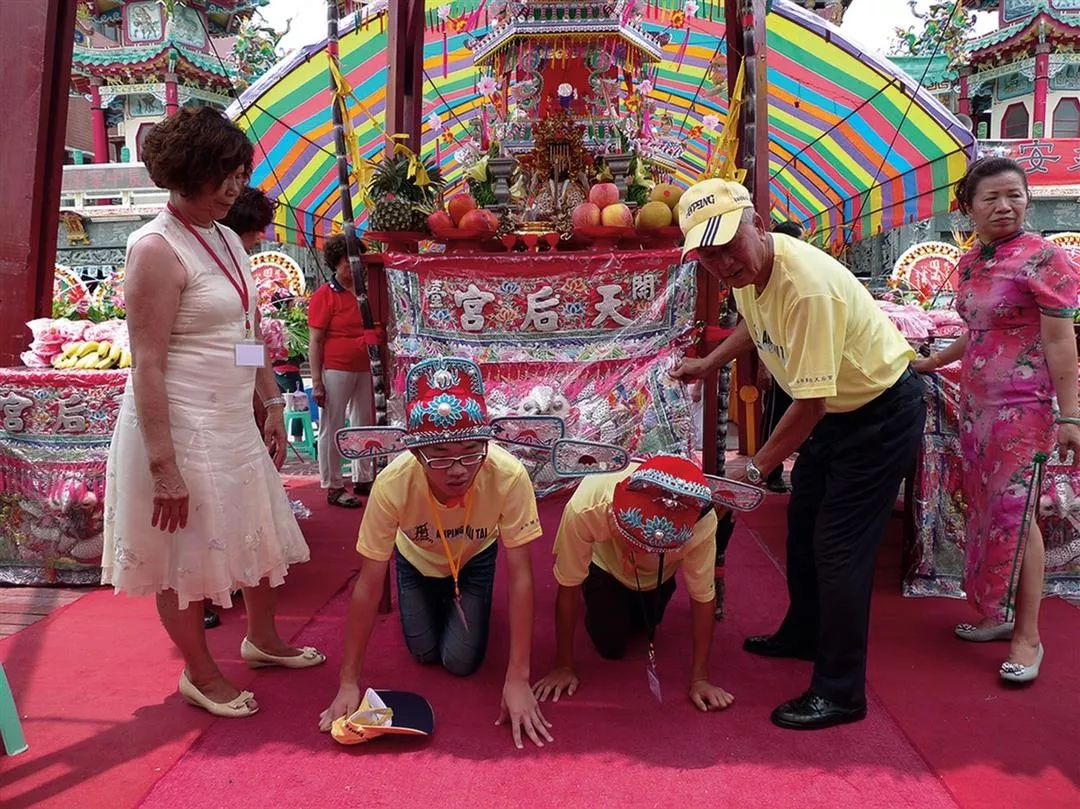
Tainan holds a unique annual rite of passage for 16-year-olds, marking the transition to adulthood—by passing under a table topped by a symbolic pavilion!
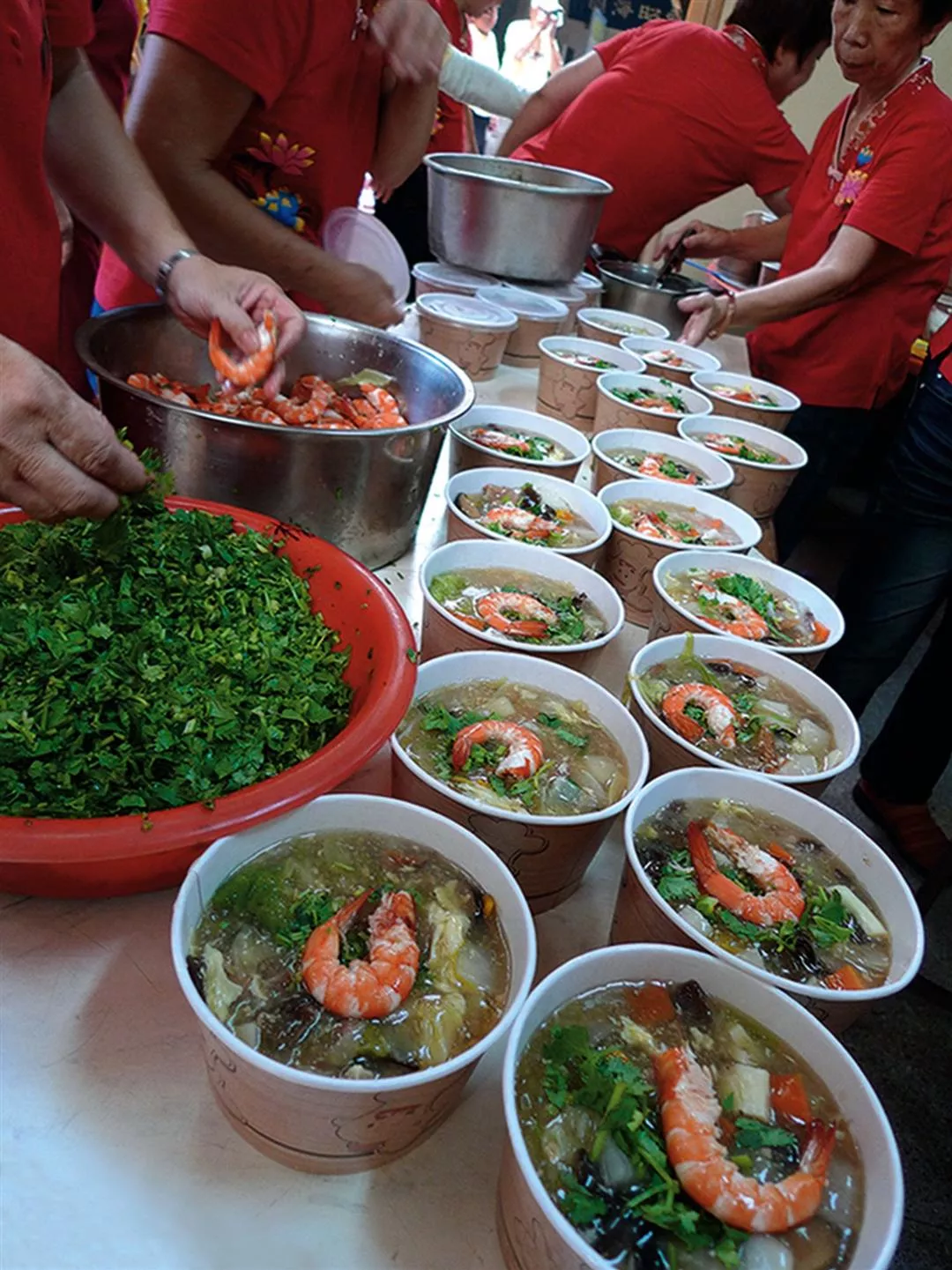
After the ceremony, it is customary for all the young people and assembled guests to enjoy a bowl of lumian, a rich noodle soup.
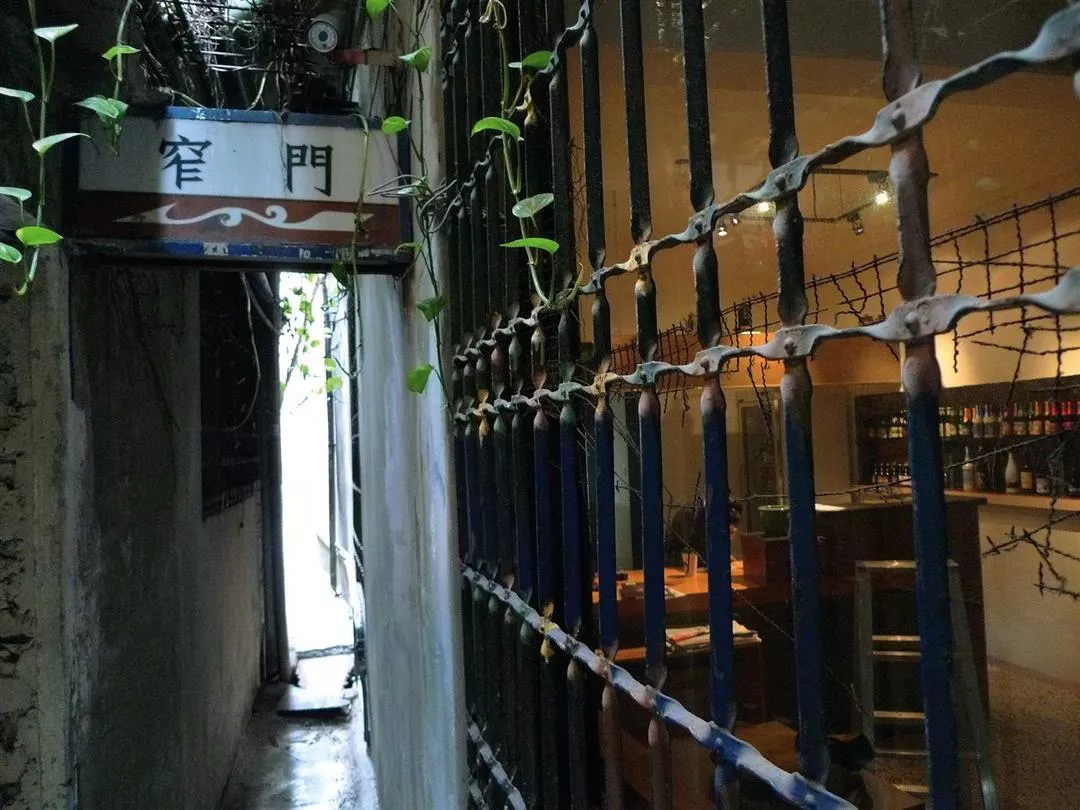
Accessible only through a passageway 38 centimeters wide, this restored old house across from the Confucius Temple is now home to the Narrow Door Café, a popular haunt for artists and literary types.
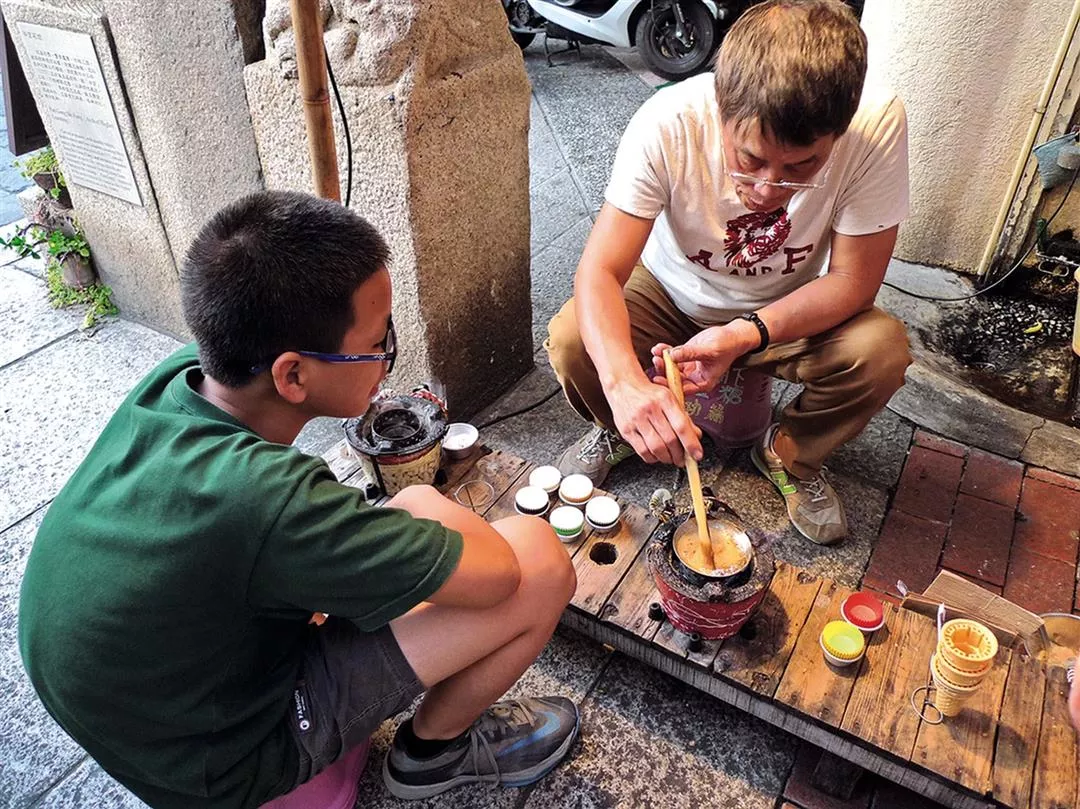
The photo shows authentic old-fashioned pengtang (a kind of caramel) being made in a shop on Fuzhong Street in Tainan.
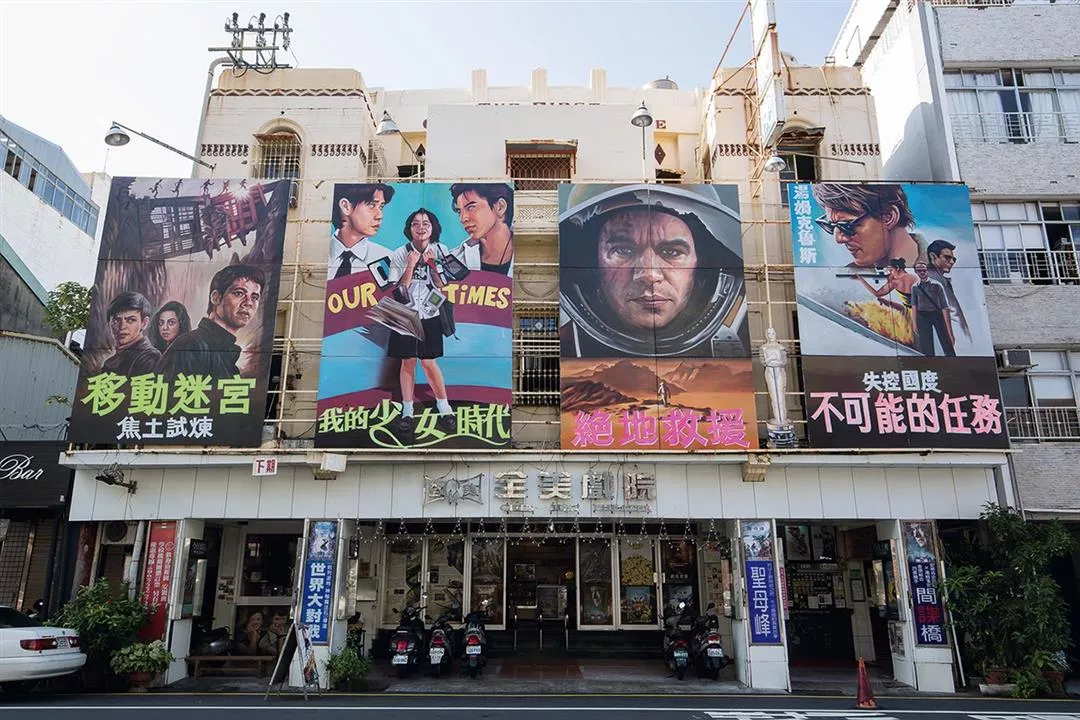
The Chin Men Theater in Tainan still uses hand-painted movie billboards. (photo by Chin Hung-hao)